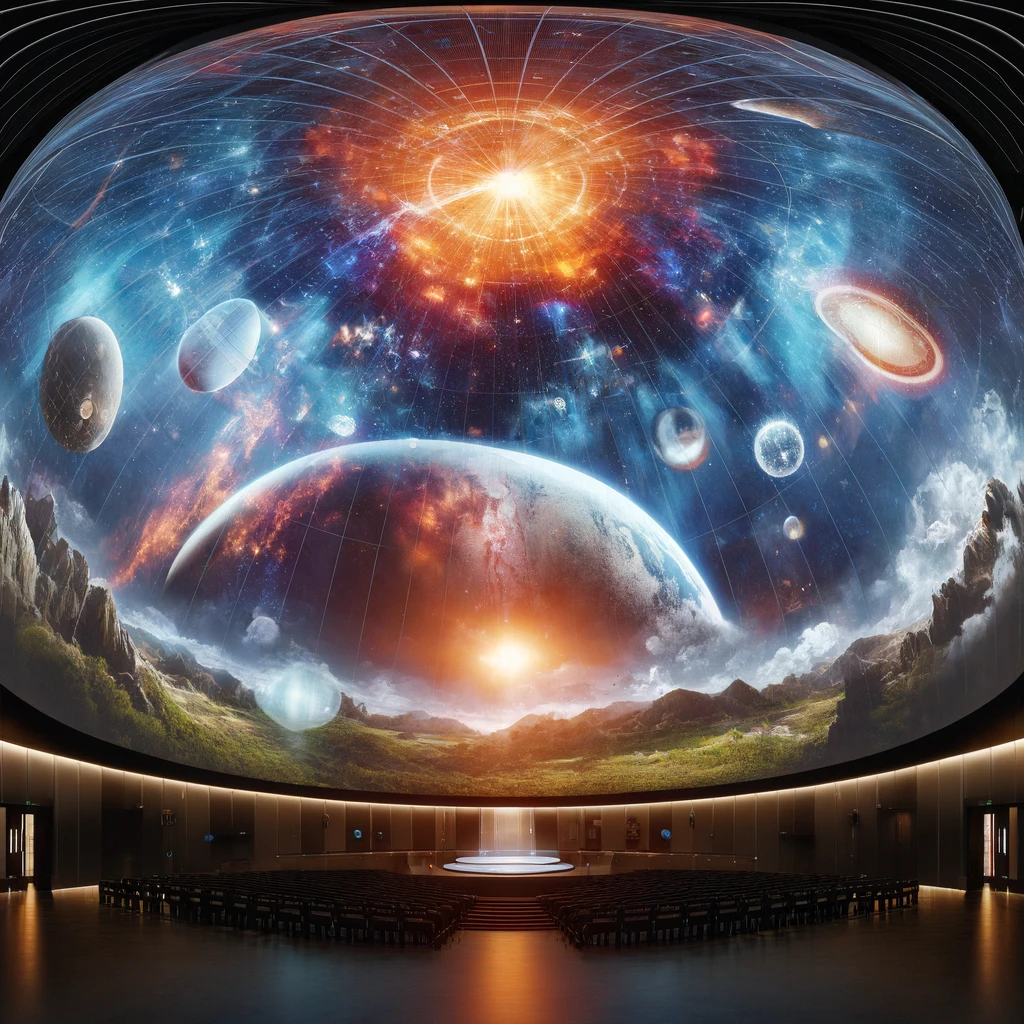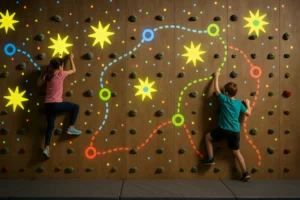1. What is 360° Dome Projection Mapping?
Imagine a giant, immersive movie theater – that’s the essence of 360° dome projection mapping. A series of high-powered projectors strategically placed around a dome-shaped screen work in unison to create a seamless, panoramic image. This envelops the audience in a captivating visual experience, blurring the lines between reality and the projected world.
Applications of 360° Dome Projection Mapping
This technology finds applications in various fields, including:
- Entertainment: Create immersive experiences for museums, planetariums, and theme parks.
- Education: Simulate historical events, explore scientific concepts, or travel the world virtually.
- Corporate Events: Showcase products, launch campaigns, or host captivating presentations.
Where to Buy a 360° Dome Projection Screen?
Several manufacturers and suppliers specialize in 360° dome projection screens. A quick online search for “360° dome projection screen for sale” will reveal various options. It’s crucial to consider factors like screen size, material, and compatibility with your projector system before making a purchase.

2. Projection Imaging in Air: Creating Mid-Air Illusions
Projection imaging in air, also known as holographic projection, takes a different approach. It utilizes specialized projectors and techniques to project images and videos onto a thin layer of mist or smoke particles suspended in mid-air. This creates the illusion of a floating, three-dimensional object.
The Wow Factor of Projection Imaging in Air
This technology is perfect for:
- Product Launches: Showcase new products in a dramatic and eye-catching way.
- Retail Displays: Capture attention with dynamic, interactive product presentations.
- Live Events: Enhance concerts, theatrical productions, and other live performances.
Technology and Software for Projecting Drawing-from-Life Images in the Air
While projection imaging in air doesn’t currently offer true 3D projection capabilities, it creates a compelling illusion. The latest software allows for sophisticated manipulation of the projected image, enabling animation and dynamic effects. However, projecting truly three-dimensional objects from scratch with this technology remains an area of ongoing development.
3. The Immersive Experience: A Head-to-Head Comparison
Here’s a breakdown of how these two technologies stack up against each other:
| Feature | 360° Dome Projection Mapping | Projection Imaging in Air |
|---|---|---|
| Surface Requirement | Dedicated dome structure or a suitable curved surface | Open space, no physical screen needed |
| Image Format | Pre-rendered 2D or 3D content warped for the dome | 3D content specifically designed for volumetric display |
| Immersion Level | Highly immersive, surrounds viewers on all sides | Creates a 3D floating image, viewers can walk around it |
| Applications | Widespread use in entertainment, education, and corporate settings | Emerging technology with potential in advertising, medical visualization, and interactive displays |
| Cost | Relatively mature technology, with a range of pricing depending on size and complexity | Still under development, pricing expected to be high initially |

4. Choosing the Right Technology for Your Needs
The ideal technology for your project depends on your specific goals. Here are some factors to consider:
- Budget: 360° dome projection mapping typically requires a larger investment.
- Space Requirements: Dome projection needs a dedicated dome structure, while projection imaging in air offers more flexibility.
- Desired Effects: For complete immersion, choose dome projection. For captivating displays, consider projection imaging in air.
Pro Tip: Reach out to experienced system integrators who can assess your needs and recommend the most suitable technology.
5. Software Considerations: Bringing Your Vision to Life
Special software is essential for both 360° dome projection mapping and projection imaging in air. This software allows for:
- Content creation and editing: Designing the visuals to be projected.
- Warping and blending: Ensuring seamless visuals on a curved surface (dome projection) or creating accurate 3D shapes (projection imaging).
- System control and playback: Managing the projection system and synchronizing it with other elements of the show.
Latest software for projecting drawing-from-life images in the air: While projection imaging in air is still evolving, some software allows for real-time manipulation of projected 3D shapes. However, it’s important to note that this technology is not yet advanced enough to project full, detailed images

A: Generally, 360° dome projection can be more cost-effective for large events due to easier scalability and fewer high-cost equipment requirements.
A: Air projection imaging faces challenges outdoors mainly due to light interference and the need for specific environmental conditions to be visible.
A: Content that is designed to be immersive and enveloping, such as natural landscapes or large-scale artistic visuals, works best with dome projection mapping.














